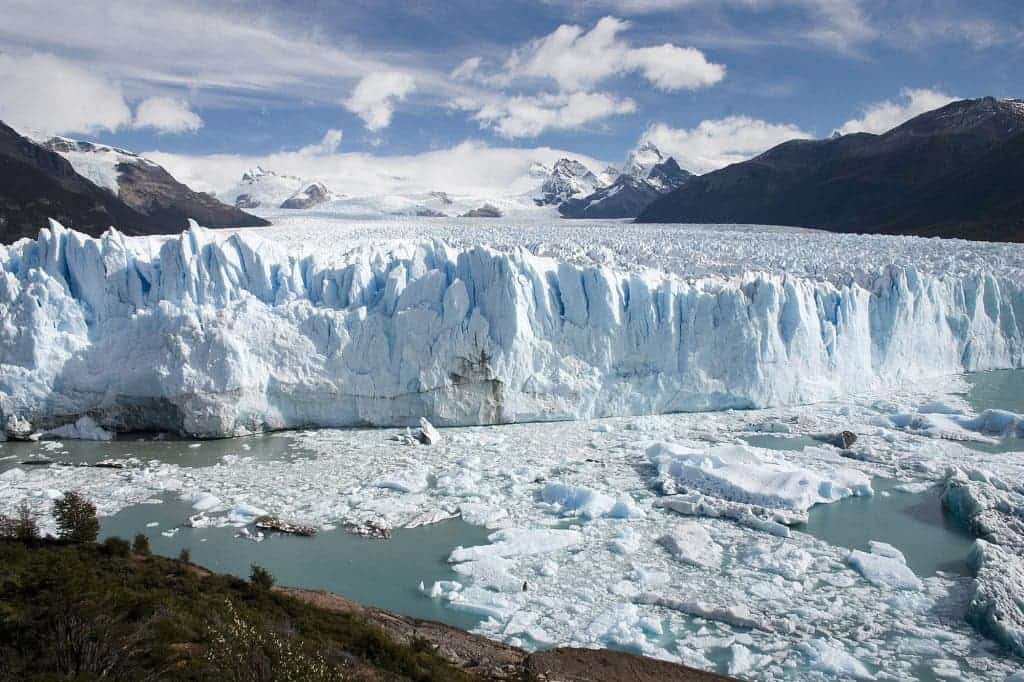It’s hard to think that the crust’s thickness (which varies between several and several tens of km) can be affected by what happens on the surface – but that’s exactly the conclusion of a recent study conducted by British researchers. They found that during an ice age, when sea levels are low, the magma that spreads out from mid-ocean ridges flows and solidifies quickly, leading to increased oceanic crust thickness.

“We know that volcanism has an effect on climate. What we’re seeing is that climate cycles are also affecting ocean volcanism,” says Richard Katz, a geophysicist at the University of Oxford, UK, and one of the authors of the study, which is reported today in Science.
It is already known that changes in the pressure of ice sheets can influence what happens in the upper mantle – for example, the disappearance of ice is associated with increased volcanism in Iceland – but many geologists are skeptical when it comes to what happens on the surface influencing the depths of the crust.
Katz and his team found evidence of this in the hillrocks under the Australian and Antarctic seas; higher sea levels exert a greater pressure on Earth’s mantle below the ocean floor, therefore slowing the upwell of magma and preventing new crust from being formed (or rather limiting it). During warmer periods of time (like the one now), less new crust is formed than during the ice age.
[Also Read: The Thinnest layer of the Earth]
As the Earth’s axis tilts back and forth, a succession of colder and warmer periods takes place over million of years. During an ice age, more water is trapped on land in the form of ice, and therefore sea levels are much lower. In warmer times, sea levels can rise by up to 100 meters. Scientists estimate that this climatic difference can cause a difference in thickness of about 800 meters (approximately 10% of the oceanic crust‘s thickness).
“This is a fascinating discovery and an important key to understanding the creation of oceanic crust,” says Ken Macdonald, a geologist at the University of California, Santa Barbara, who was not involved in the study.
It’s not clear exactly what further implications this has, but it’s a valuable piece of the puzzle in understanding how climate change can change the Earth in unexpected ways.
“It’s very convincing, because they actually work through the physics,” says Carl Wunsch, an oceanographer at the Massachusetts Institute of Technology in Cambridge.
Journal Reference: Nature doi:10.1038/nature.2015.16856


